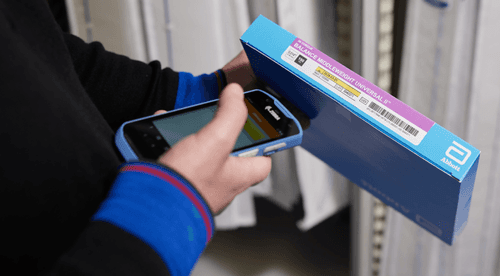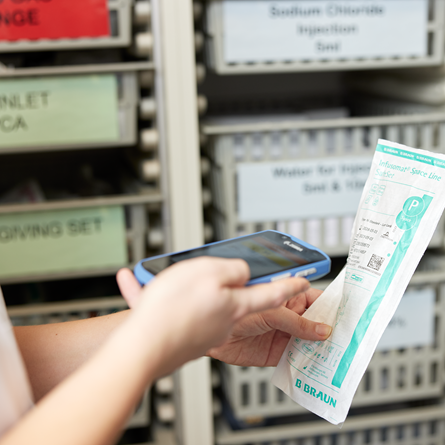June 23, 2025 Industry news
On 16 June 2025, the UK’s Medicines and Healthcare products Regulatory Agency (MHRA) published a new set of regulations for medical device manufacturers.

The changes require medical device manufacturers to proactively monitor the safety and performance of their products once released onto the market in Great Britain (GB).
The new regulations centre on:
- requirements for post-market surveillance in GB
- changes to the reporting of serious safety incidents and field safety corrective actions (FSCAs)
- and information about the unique device identifier (UDI) for field safety notices (FSNs)
As a GS1 member, what does this mean for your organisation?
The notification and evaluation of serious incidents, trends and FSCAs involving medical devices is known as the GB medical device vigilance system. Details of reporting under the GB Medical Devices Vigilance System (Regulations 44ZC, 44ZH, 44ZI, 44ZJ, 44ZK, 44ZN, 44ZO and 44ZP) can be found on the MHRA website via the link below.
As a GS1 member, you can use the product’s Global Trade Item Number (GTIN) or Global Model Number (Basic UDI-DI) as the unique device identifier (UDI) for reporting requirements.
Use of a UDI ensures that a device can be correctly identified, even if some of the other identifying information is missing and facilitates traceability in the event of a FSCA being required.
The MHRA website shares guidance on both ‘UDI information’ (where the GTIN can be used) and ‘Information on similar serious incidents relating to the same device model or model variant’ (where the GMN can be used) on its website via the link below.
GS1 UK information and support
For support with using GS1 standards for UDI, check out our ‘Barcoding bitesize’ series of videos or contact the healthcare team for guidance at healthcare@gs1uk.org.
What regulatory changes have been made?
Important changes introduced with implementation of the new legislation:
- Enhanced collection of real-world data: manufacturers must take a harmonised approach to gather and assess data on how their devices perform in everyday use, improving the ability to detect safety and performance issues1
- Expanded scope for incident reporting: serious incidents relating to side effects are now reportable, providing a more comprehensive picture of device performance1
- Shorter timelines for reporting serious incidents: serious incidents must be reported to the MHRA more quickly (15 days instead of 30 days), allowing for faster regulatory action to protect patients1
- Trend reporting and summary reporting: new data analysis reporting options will support earlier detection of trends without overburdening manufacturers or the regulator1
- Clearer duties for risk mitigation and communication: manufacturers face stronger requirements to assess and manage risks, and to notify users promptly when safety issues arise1
The MHRA have produced a helpful summary table of key changes which can be accessed and downloaded via the link below.

Do the amends apply to your organisation?
The updated regulations, titled The Medical Devices (Post-market Surveillance Requirements) (Amendment) (Great Britain) Regulations 2024, revise the UK Medical Devices Regulations 2002 (MDR 2002) by introducing a new section, Part 4A, dedicated to post-market surveillance (PMS).
These updates apply to medical devices, including in vitro diagnostic (IVD) devices and active implantable medical devices. This includes all UKCA- and CE-marked devices placed on the GB market after 16 June 2025.
The regulations outline reporting requirements for incidents as well as measures for preventive and corrective actions after a device has been approved for the GB market.
Amends will not apply to your organisation if you fall into any of the categories highlighted on the MHRA website.
Why have the changes been made?
The changes have been introduced to improve the traceability of applicable medical devices on the GB market, particularly in relation to serious incident reporting and/or product recalls. The new reporting system, the GB Medical Devices Vigilance System, will capture sufficient information to “help identify potential safety issues earlier and strengthen protection for patients and the public through faster responses to incidents and emerging risks”2.
